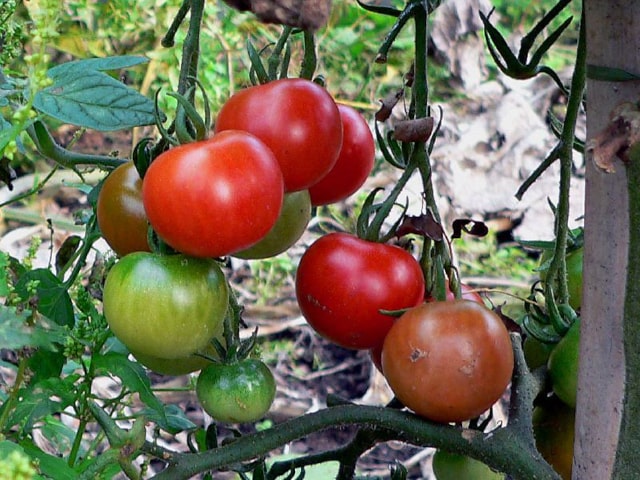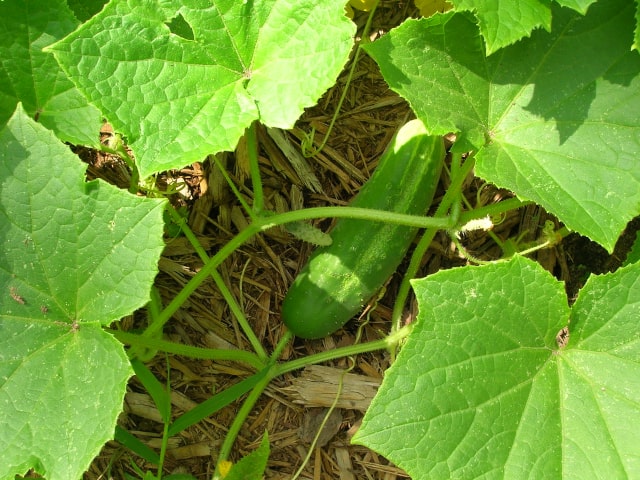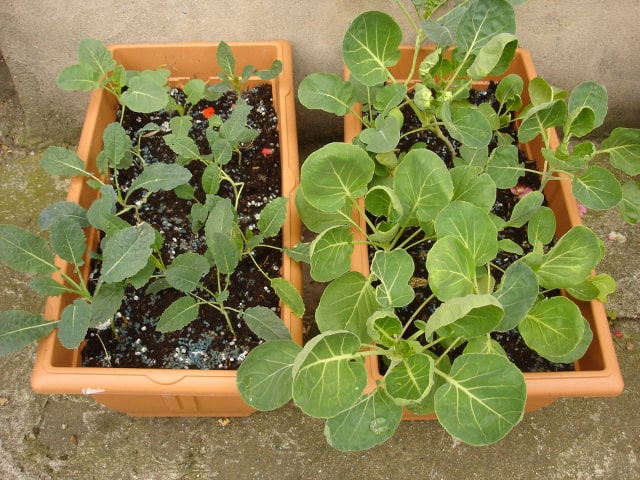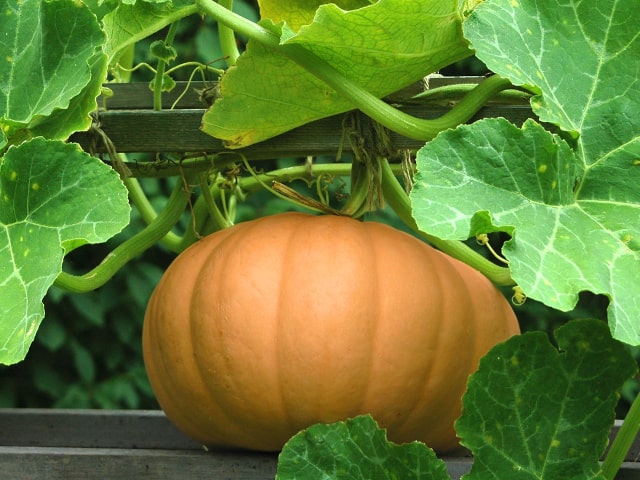
There are many vegetables you can grow in your garden, but some require much care and effort. There are also vegetables that are very easy to grow, so they are ideal for beginner gardeners who want to grow their first plants.
These vegetables are very reliable and can be easily grown from seeds:
- Artichoke
- Bronze Fennel
- Kohlrabi, Purple Vienna
- Leek
- Savoy Cabbage
Globe Artichoke
Originally a Mediterranean plant, artichoke makes a great addition to any garden. It can be grown successfully even in the more severe North American zones as long as it gets enough warmth and water.
These plants are considered "tender perinneals" because they will sometimes overwinter and produce last for 3 or 4 years. However, just as often they will live as annuals or biennials. Therefore, it's always best to start them early from seed.
Artichokes have silver-blue foliage that can grow up to 2 or 3 feet high. The edible parts are developing flower bulbs. They need to be harvested while they are still tightly closed.
For consumption, it's best to grow only green globe artichokes. Purple artichokes may look great but their heads are often small, sticky and the foliage prickly. They are not the best choice if you want to eat your artichokes.
There are several ways in which you can prepare artichokes. They are usually boiled in hot water (up to 45 minutes), until they become tender. Pulpy lower leaves can be dipped in melted butter. Artichokes also taste great when they are fried or stuffed, and they may be braised with baby peas and herbs. They can be blanched and easily frozen so you can use them throughout the whole year.
Bronze Fennel
This plant changes its colors depending on the season. This perinneal plant is light and lacy in spring, but if you leave it to mature it will fill out and grow to shoulder height. By late summer, it will produce dusty yellow flowers that look very beautiful against the purple-brown leaves. These flowers will usually attract bees and wasps. By fall, the seed heads will be full of anise-flavored seeds. Fennel seeds can be easily harvested, dried and saved over the winter. You may use them to flavor homemade sausage and baked goods.
Bronze fennel has the fronds similar to those of Florence (green) fennel, but they are tougher. Also, it doesn't have the bulbous outer leaves of Florence fennel. After a few years, bronze fennels may lose their vigor and become very bushy to the point of being a pest in the flower bed. If this happens, it's best to dig the whole plant, divide the roots and replant it somewhere else in the garden.
You should make sure to remove all seed heads before they drop their load or the plant will spread the seed all over your garden.
To prepare this plant as a meal, it's best to cut fronds very small unless you want to use them as a garnish. Fronds of bronze fennel can be used in many different ways. For example, you may use them to stuff baked fish. When fried, they can serve as an interesting side dish.
Kohlrabi, Purple Vienna
This unusual plant is sometimes described as "a turnip growing on a cabbage root". This plant is a member of the cabbage family, and it's very crisp and delicious. However, cabbage heart can often be bitter, while the kohlrabi is very sweet and juicy, especially when you nurture it for fast growth. You may slice it raw and eat it that way, or you may cook it an mash it.
The edible part of this plant is the bulbous knob on the stem. If the knob is large, you may easily peel it. Ideally, the bulbs are picked when they are still only a few inches big. There is also a special, "giant" cultivar.
This is mainly a cool weather crop, but it is surprisingly tolerant to heat. If you wish to grow kohlrabi, it's best to aim for the fast spring or fall growth. To ensure this, supply enough water and have a well-worked soil. This will guard the plant against toughness so it will be tasty.
Instead of purple, you may also grow green kohlrabi, but the purple one has more attractive leaves that look great in your garden.
One word of advice: always keep the ground around kohlrabi plants well weeded. This is the only way to see the developing bulbs.
Leek
This plant never forms bulbs but it's still easily recognizable as a member of the onion family. This is the sweetest onion and it provides natural sugars so it can be used in many different meals. Use them to add flavor to your soups, stews or winter casseroles.
Leeks tend to be very expensive in the grocery stores, but they can easily be grown in the home gardens so there is no need to pay for the overpriced vegetables in the stores.
If you wish to grow leeks, it's best to start them directly from seed but you may also use transplanting or start them in pots individually. Leeks take almost a year to mature. These plants have creased leaves of blue-gray coloration that look very nice during snow.
Leeks germinate very reliably, and when placed in the ground, seedlings are very tough. They can tolerate any weather or neglect: flood, heat or drought. In fact, they grow more tender and sweeter in the winter.
Savoy Cabbage
These are not difficult to grow, but they require a long, moist and cool growing season without fluctuation in temperature. Fertilizer should also be avoided. Gardeners in northern or high-altitude regions will usually get the best results.
Cabbage seeds are best started indoors during winter and transplanted in early spring. They can tolerate some frost and a bit of snow and ice makes them sweeten up. If you want to get a fast start on the long growing season, buy a flat of cabbage starts in early spring.
The Savoy cabbage has deeply crinkled leaves and it's considered very tasty. It's mild, tender and it can be used for all cabbage recipes. However, it's not as good as the regular green head cabbage when it comes to recipes such as stuffed cabbage rolls. The Savoy cabbage, just like other cabbage variants, is high in dietary fiber and vitamins A and C. It also contains plenty of minerals and trace elements.
The Savoy cabbage may also be used in decorative gardens because it looks great as a foundation plant against the greenery nearby. If your cabbages attract lots of wasps, don't worry: these insects are effective against cabbage worms.
Photo credit: jewel o' the desert




0 Comments